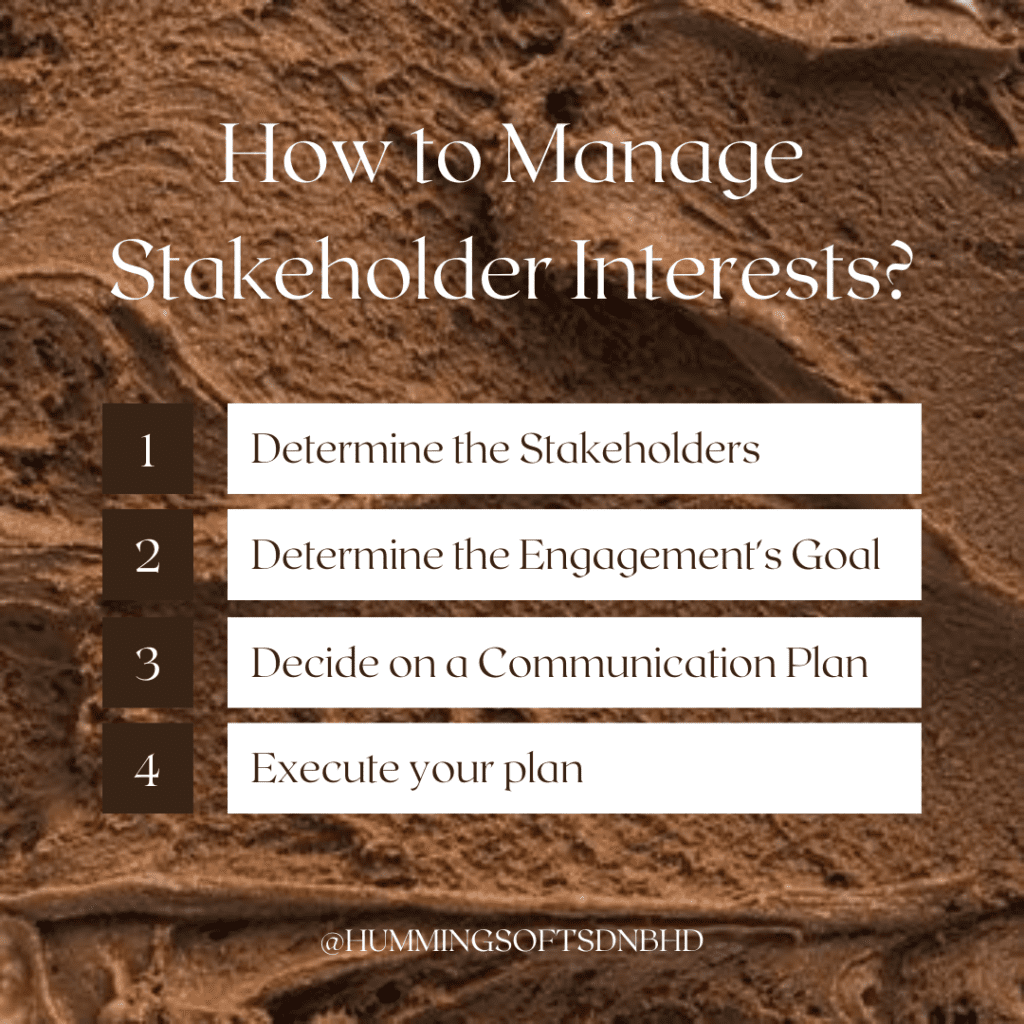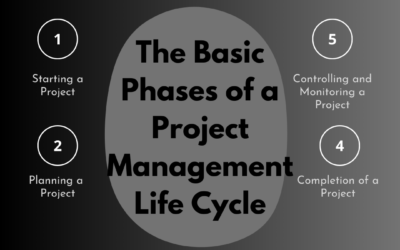
Without the assistance and support of stakeholders, no company could exist, hence managing stakeholder interests is crucial for every organisation. Effective stakeholder management is also necessary because each stakeholder has varying levels of influence based on their level of relevance and interest in the business. For instance, some stakeholders could either allow your business to run smoothly or, more likely, prevent it from doing so. Thus, it’s critical to effectively manage stakeholders throughout an organisation’s life cycle.
Determine the Stakeholders
Identifying your stakeholders is the first step in any stakeholder engagement approach. This entails assessing any individuals or divisions with a stake in the organisation, its operations, and its activities. You must also determine their interests and issues. A simple approach to accomplish this is to make a matrix with stakeholders that include:
- High power and high interests: You should make a lot of effort to keep this group entertained and engaged
- You should invest much effort into this group while being careful not to over-communicate. High power and less interest
- High interest and low power: Keep this group informed so that no unforeseen concerns develop
- Poor strength and little interest: Keep an eye on this group to make sure no unforeseen problems arise
Determine the Engagement’s Goal
Stakeholder management will have meaning if you can pinpoint the goal you intend to accomplish when you include stakeholders. The goal you wish to accomplish will change depending on the sector you’re in and the particular organisation you work for. But, if you work in the retail sector, for instance, some of your goals might be:
- Creating fresh product lines
- Offering promotions
- Developing a pricing plan
- Enhancing the quality of the service
- Delivering sales-related information
Understanding the goals of each stakeholder will make it simpler to manage stakeholder investments and choose the information that should be included in your messaging.
Decide on a communication plan
Identify the optimal communication channel for each stakeholder. While some people would prefer a routine phone call, others might prefer a weekly email overview of activities. As you want to concentrate the majority of your effort on managing stakeholders with high interest and high influence, bear in mind their amount of influence as well. Create a communication schedule to ensure regular engagement with the stakeholders. Also, it will make routine communication much simpler.
Execute your plan
After your stakeholder management time is ready, you can begin to put it into practice. You should make stakeholder management a regular component of your routine. Regularly review your plan to see whether revisions are necessary, especially since stakeholder influence and interest can shift over time.




